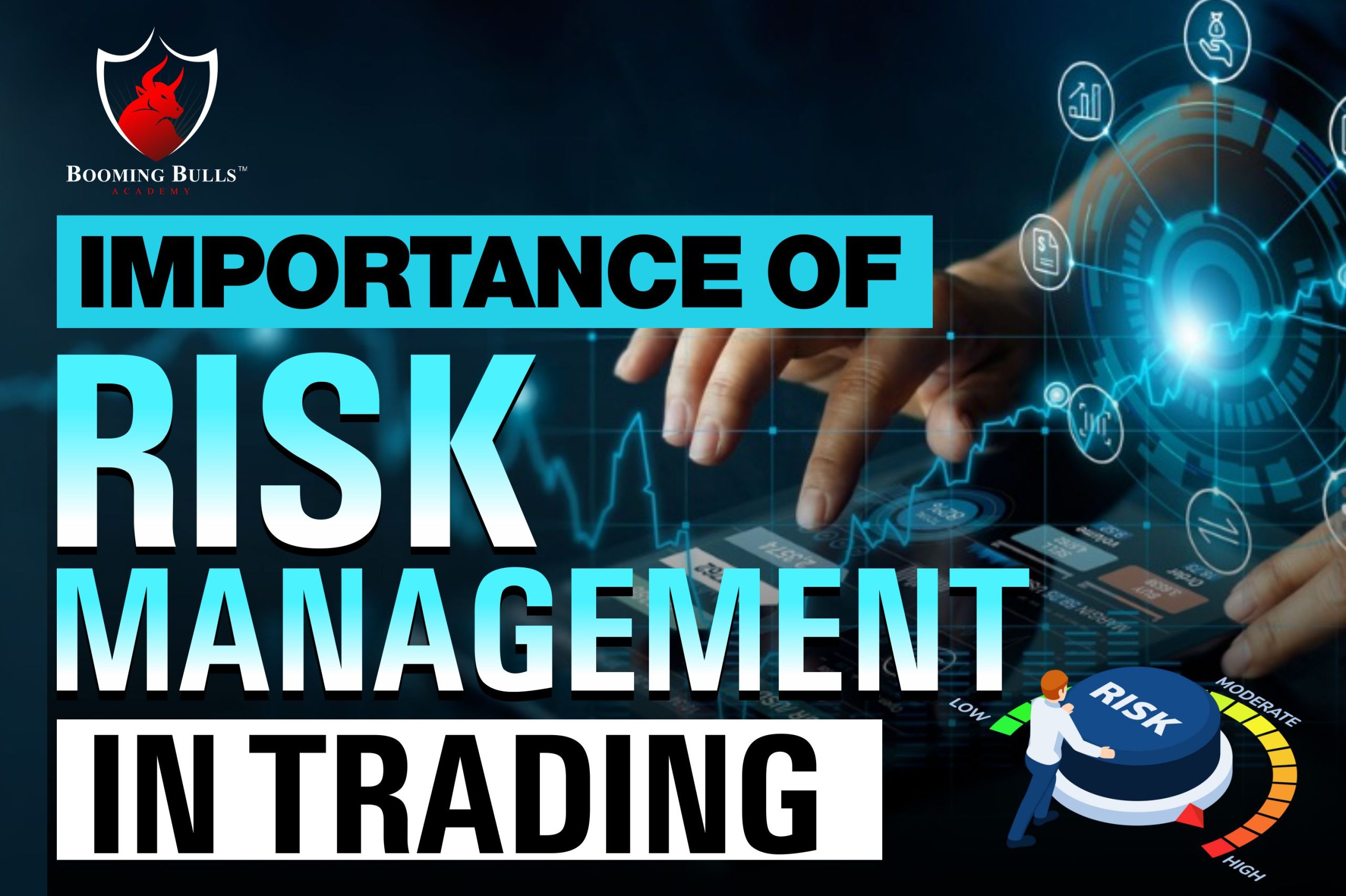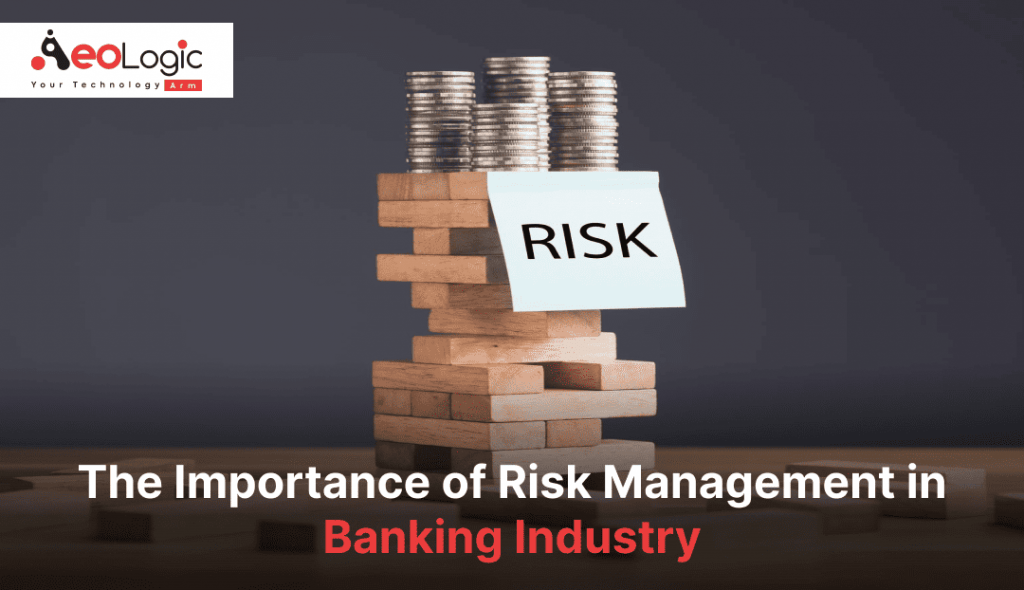How the Importance of Risk Management Shapes Effective Leadership
How the Importance of Risk Management Shapes Effective Leadership
Blog Article
The Significance of Comprehending the Value of Risk Management in Numerous Industries

The Core Idea of Risk Management and Its Function
Risk Management, the keystone of numerous industries, hinges on the recognition, analysis, and mitigation of uncertainties in a business environment. By appropriately determining prospective risks, organizations can establish methods to either protect against these risks from taking place or lessen their effect. When risks have actually been determined and assessed, the reduction process entails designing approaches to decrease their possible effect.
Benefits of Implementing Risk Management in Organization Procedures

Revealing the Duty of Risk Management in Different Industries
While every industry confronts its unique set of dangers, the implementation of Risk Management methods remains an usual in their search of sustainability and growth. In the health care field, Risk Management entails guaranteeing patient safety and security and information security, while in financing, it includes mitigating financial investment risks and making sure governing compliance (importance of risk management). Building and construction companies focus on worker security, project hold-ups, and spending plan overruns. In the modern technology market, companies mitigate cybersecurity dangers and technology obsolescence. Ultimately, the function of Risk Management linked here across industries is to determine, examine, and mitigate risks. It is an essential component of tactical planning, enabling organizations to safeguard their properties, make the most of chances, and accomplish their objectives.
Real-life Study Demonstrating Successful Risk Management
To comprehend the relevance of Risk Management in these several markets, one can look to a number of real-life circumstances that show the effective application of these procedures. For instance, in the power market, British Petroleum developed Risk mitigation plans post the 2010 Gulf of Mexico oil spill. They executed much better safety and security treatments and more stringent policies which dramatically decreased further accidents. In finance, Goldman Sachs efficiently browsed the 2008 economic crisis by identifying prospective mortgage-backed safety and securities dangers early. Last but not least, Toyota, publish the 2011 earthquake in Japan, modified its supply chain Management to minimize disturbance threats. These cases demonstrate how industries, gaining from dilemmas, efficiently used Risk Management strategies to decrease future threats.
Future Patterns and Developments in Risk Management Methods
Cybersecurity, as soon as a peripheral problem, has actually catapulted to the center of Risk Management, with methods focusing on discovery, feedback, and prevention. The integration of ESG (Environmental, Social, Governance) aspects into Risk Management is one more expanding trend, mirroring the increasing recognition of the function that environmental and social threats play in company sustainability. Therefore, the future of Risk Management lies in the combination of advanced technology, innovative strategies, and an all natural strategy.
Conclusion
To conclude, recognizing the significance of Risk Management across a spectrum of sectors is crucial for their durability and success. Tailored methods can help reduce prospective threats, safeguard assets, and foster stakeholder depend on. In addition, aggressive decision-making help in regulative informative post compliance and enhances resource use. Inevitably, successful Risk Management adds to a lot more durable and lasting organizations, i was reading this highlighting the value of this method in today's dynamic and extremely competitive company atmosphere.
While every sector faces its one-of-a-kind collection of threats, the execution of Risk Management strategies continues to be an usual in their pursuit of sustainability and growth. In the medical care sector, Risk Management involves guaranteeing individual safety and security and data security, while in money, it involves mitigating investment threats and making certain regulative compliance. Ultimately, the duty of Risk Management throughout markets is to identify, assess, and minimize dangers. These cases show how markets, learning from crises, properly used Risk Management techniques to reduce future threats.

Report this page